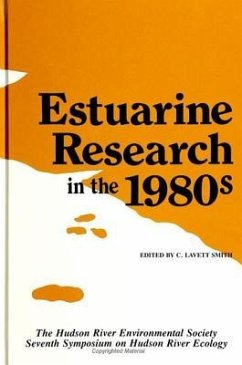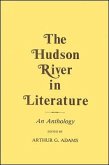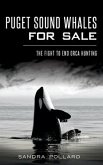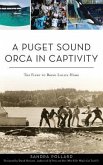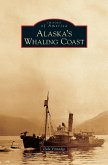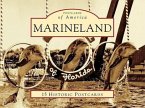The Hudson River estuary is one of the most intensively studied estuaries in the world. Many environmental and civic groups have struggled with the conflict in the Hudson River area between the desire for a quality environment and the ever-increasing demands of an expanding human population for drinking water, electric power, efficient transportation, and waste disposal. Estuarine Research in the 1980s provides a synoptic overview of the research conducted on the Hudson estuary since 1980. The essays reflect diverse studies of the physical, chemical, and biological ecology of the Hudson River estuary. Included are historical studies of water flow through the estuary; a model to predict the effect of increased withdrawals of fresh water; a summary of the movements of radionuclides from power plants and atmospheric fallout within the Hudson watershed; and a paper on sedimentation in New York harbor. Several essays are devoted to surveys of the fishes of special parts of the estuary. Others deal with the life histories, movements, and population dynamics of individual species. Also included are a section of fisheries methods, including the effects of sampling additional habitats; a study of the effects of channel dredging on water quality; reviews of indices of population abundance; a review of the quality control procedures used in utility-sponsored research; a model of the effects of compensation on the risk of population decline and extinction; a study addressing the energetics of the lower food web; and a plea for the restoration of the badly polluted Croton Bay.

